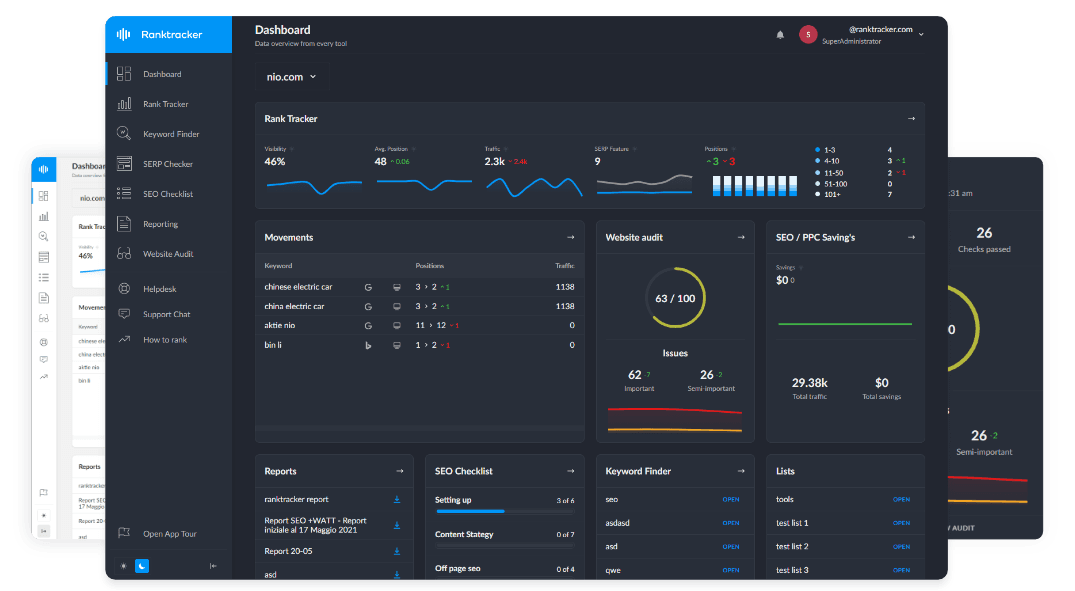Intro
In today’s fast-paced digital environment, technology evolves faster than ever. Innovations in artificial intelligence, automation, and cloud computing have reshaped how businesses operate, but one element underpins much of this transformation—real-time analytics. The ability to collect, process, and interpret data instantly has become essential to technological innovation, operational efficiency, and competitive strategy.
This article explores how real-time analytics drives modern innovation, what technologies make it possible, and why it is crucial for the future of intelligent systems.
What Is Real-Time Analytics?
Real-time analytics refers to the process of analyzing data as it is generated. Unlike traditional data processing, which collects information in batches for later analysis, real-time analytics enables immediate insight and action. Whether it’s monitoring user behavior on a website, tracking inventory in a warehouse, or analyzing sensor data from connected devices, real-time analytics allows for decisions to be made in the moment.
The underlying technologies powering real-time systems include stream processing engines, in-memory databases, and advanced data pipelines. These systems ingest and analyze large volumes of data in milliseconds, providing actionable insights with minimal delay.
The Innovation Edge: Why Speed Matters
The value of real-time analytics lies in its immediacy. In fast-moving environments like finance, e-commerce, and cybersecurity, delays in decision-making can lead to missed opportunities—or worse, major losses. Organizations that adopt real-time systems are able to:
-
Detect and respond to anomalies instantly: For example, financial institutions can flag suspicious transactions the moment they occur, enhancing fraud prevention.
-
Improve customer experience: E-commerce platforms can recommend products, adjust prices, or personalize promotions in real time, based on current behavior.
-
Optimize operations continuously: Businesses can monitor system performance, supply chain metrics, or user feedback to dynamically adjust strategies without delay.
Speed doesn’t just improve efficiency; it enables entirely new capabilities that were previously out of reach.
Real-Time Analytics in Action: Industry Examples
Across industries, real-time data analysis is already a core part of innovation. Here’s how it’s driving transformation:
Healthcare
Hospitals use real-time analytics to monitor patient vitals, predict potential complications, and prioritize urgent care. Data from wearable devices is analyzed instantly to alert both users and doctors about irregularities in heart rate, sleep patterns, or physical activity.
Transportation
Logistics companies optimize routes based on traffic data, weather conditions, and delivery schedules in real time. This not only improves fuel efficiency but also ensures better delivery accuracy and customer satisfaction.
Finance
Stock trading platforms rely on real-time data feeds to execute orders at optimal prices. In fraud detection, real-time analysis of transaction patterns helps banks block unauthorized activity before it affects customers.
Manufacturing
Smart factories monitor equipment conditions using real-time data from sensors. This supports predictive maintenance, minimizing downtime and maximizing productivity.
Media & Entertainment
Streaming services analyze viewer behavior in real time to adjust content recommendations. This dynamic personalization keeps users engaged longer and enhances platform loyalty.
Advertising:
The advertising industry faces growing threats from fraud, impersonation, and budget hijacking. Real-time analytics tools are now essential for spotting malicious behavior as it happens, whether it’s fake ad clicks, affiliate abuse, or cloned branded campaigns. Platforms like ImpersonAlly enable advertisers to monitor Google Ads traffic in real time, detect impersonators, and take down fraudulent ads before they cause financial and reputational damage, ensuring that ad spend is protected and traffic reaches the real brand.
Technologies Enabling Real-Time Analytics
Several technical components are responsible for the rise of real-time data capabilities:
-
Stream Processing Frameworks: Tools like Apache Kafka, Apache Flink, and Spark Streaming help process data continuously as it arrives.
-
Edge Computing: By processing data closer to its source—such as on IoT devices—latency is reduced, and faster decisions can be made.
-
Cloud Infrastructure: Scalable, distributed systems hosted on cloud platforms allow real-time workloads to run smoothly, even with fluctuating demand.
-
Artificial Intelligence: Machine learning models trained on historical data can analyze real-time inputs to produce intelligent predictions and automated decisions.
These technologies, when combined, create agile environments where data doesn’t just inform decisions—it drives them.
Real-Time Analytics and Innovation Culture
Adopting real-time analytics also requires a cultural shift. Organizations need to move from reactive decision-making to proactive, data-driven strategies. This means rethinking how teams work with data—ensuring that dashboards, alerts, and KPIs are accessible and meaningful across departments.
Leadership must also invest in training and platforms that enable every team to derive value from instant insights. Innovation thrives when people can experiment, iterate, and adjust in real time based on feedback from systems, users, or markets.
Platforms That Simplify Complexity
While the backend of real-time analytics involves complex data pipelines and infrastructure, the front-end experience must remain intuitive. For instance, websites like Altrops Trade offer streamlined charting and reporting tools that help users visualize and act on data in real time. Platforms like this make real-time insight accessible, even to non-technical users, enabling faster and more informed decisions across the board.
The Future of Innovation is Real-Time
Looking ahead, real-time analytics will become the default standard across digital operations. The combination of 5G connectivity, AI-powered automation, and decentralized edge computing will make it possible to analyze and act on data instantly, no matter the scale.
This shift will lead to innovations that are not only faster but more adaptive—systems that learn from their environment, adjust behavior automatically, and make smarter decisions than ever before. From autonomous vehicles reacting to traffic, to retail systems adjusting promotions on the fly, the next wave of innovation will depend heavily on the speed and intelligence of data interpretation.
Conclusion
Real-time analytics is more than a technological trend—it’s a fundamental driver of innovation. By enabling immediate insight, enhancing decision-making, and unlocking new forms of automation, it has become essential to the future of digital platforms, intelligent systems, and modern enterprises. As industries continue to evolve, those who embrace real-time data will be best positioned to lead, adapt, and innovate at scale.

